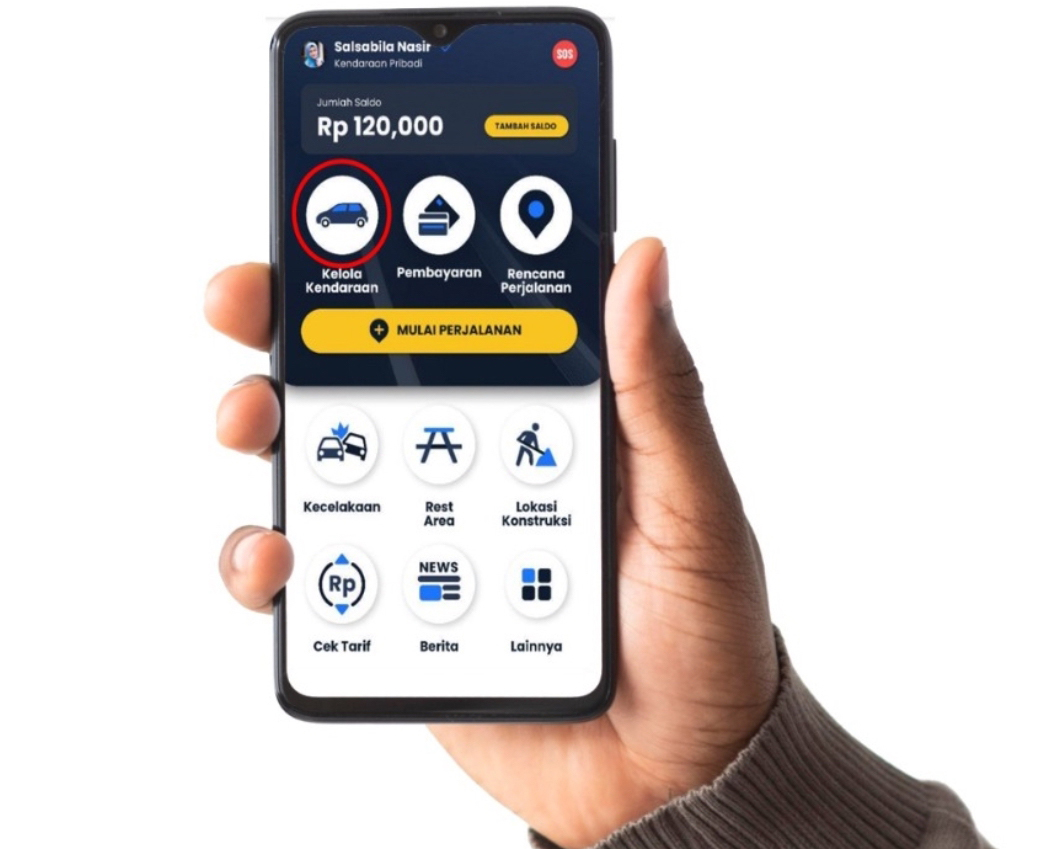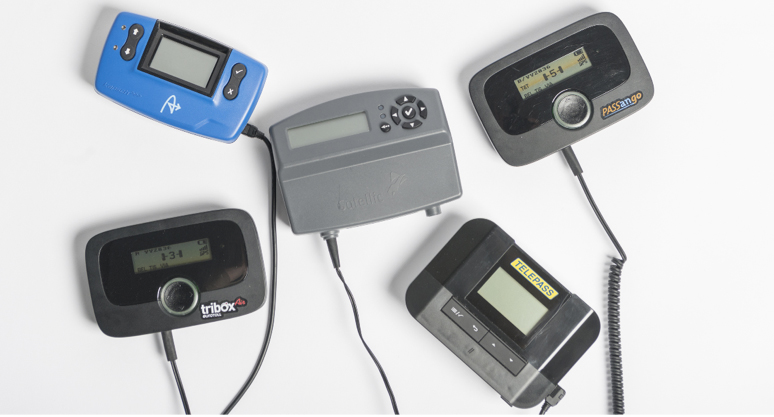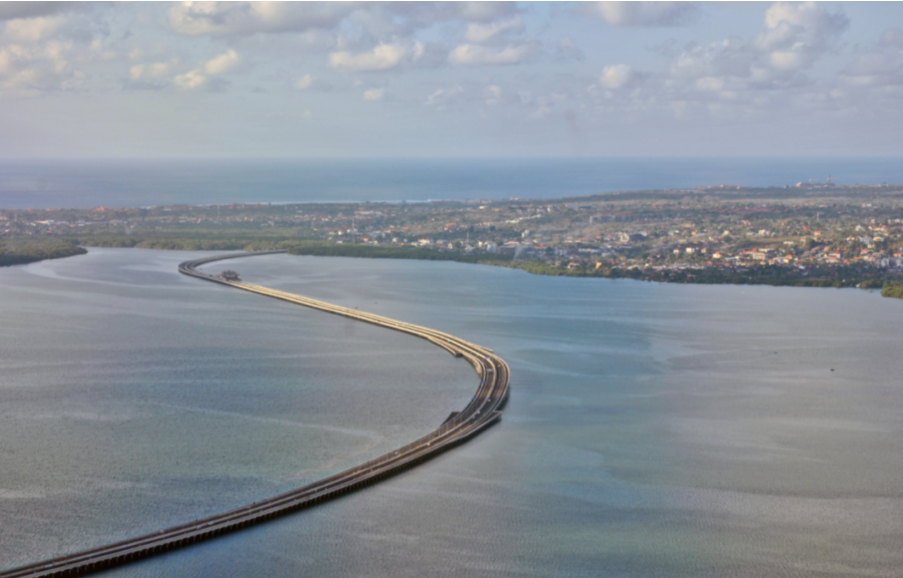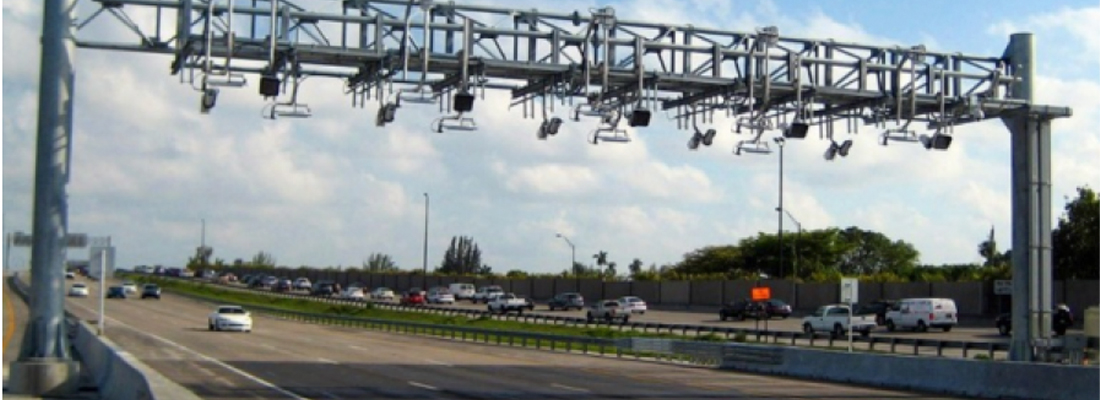The future of road user charging
In 2012, Norbert Schindler wrote the cover-feature article for Tolling Review magazine, “A Tale of Two Worlds”, where he examined the development of GPS-based tolling in North America and in Europe. Back then, the term GNSS (Global Navigation Satelite System) was rarely used as Galileo, GLONASS and Beidou were not yet commercially available.

Today, “GPS-tolling” is still used as a synonym for GNSS-based tolling, even though multi-constellation satelite positioning has become the de facto standard for tolling devices in Europe – and for virtually all smartphones on the world market. Highly accurate GNSS receivers are now used in tolling On Board Units (OBUs) and other telematics devices, providing excellent geo-positioning at a relatively low cost. Most of today’s smartphones are also using multi-constellation chipsets and can provide a high degree of position accuracy, even in challenging urban environments. The tolling industry is thus confronted with the question: can smartphones replace tolling OBUs?
“In recent years, smartphone apps have been widely used as account management tools for road users that manage their tolling payments,” says Vienna-based Schindler. “In some instances, these apps are linked to toll tags or RFID [radio frequency identification] stickers. Now, for the first time, smartphones are beginning to play a role in toll charging through the use of geo-location data and the data connectivity of the mobile phone network infrastructure. From a European perspective, smartphones do not meet the strict standards required of on-board devices that are used to measure an obligatory distance-based charge.”

The different OBUs of the accredited service providers in Belgium (Courtesy of Viapass)
"Smartphones are beginning to play a role in toll charging through the use of geo-location data and the data connectivity of the mobile phone network infrastructure"
“In fact,” he continues, “smartphone apps that rely on satelite positioning seem to have serious issues with location accuracy. A friend of mine recently told me about his experience using the Getaround app while using a car sharing service in the United States. When being billed for the car rental, he noticed that he was charged a tolling fee even though he didn’t use any toll roads. The Getaround customer service looked into it and found that he drove in close proximity to a toll plaza while he was on the parallel free road! He was told that they see a lot of false charges due to inaccuracy of the app’s geo-location and at the end of the month they have to do reconciliation with tolling authorities to reimburse false charges. Frequent cases of ‘false positives’, or overcharging, would be unacceptable in Europe’s GNSS-based tolling systems.”

Mileage-based user fees
When Schindler wrote about the first use of smartphones for “mileage-based user fee” (MBUF) trials in the USA 10 years ago, the common response of Europeans in the tolling business was that ‘smartphones could never substitute an OBU in a European tolling system.’
“I described the experience the Europeans had already made with two nationwide GNSS-based tolling systems in Germany and Slovakia. Now there are eight European countries with nationwide tolling systems using geo-location to charge the distance travelled on the tolled road network, and a number of other countries are planning to implement GNSS-based tolling schemes.”
"There are eight European countries with nationwide tolling systems using geo-location to charge the distance travelled on the tolled road network and a number of other countries are planning to implement GNSS-based tolling schemes"
Poland is the most recent European state to launch a satelite-based tolling solution. As with the Czech Republic in 2019, Poland replaced its existing microwave-based nationwide tolling system with a GNSS-based solution. In 2021, Lithuania issued a tender for an “Electronic Road Toll Information System” which focused on tolling software requirements, rather than on OBU hardware requirements. For the first time, a national tolling system in Europe is being procured that relies on a smartphone app.
“This is a significant step in the evolution of GNSS-based tolling systems that has not yet received the attention that it deserves.”
Poland’s new e-Toll
Whereas the Czech Republic exchanged all microwave tags with a mandatory OBU supplied by the toll operator, similar to the approach taken in Slovakia and Germany, Poland’s new e-Toll system was introduced in 2021 based on the ‘bring your own device’ principle. Users of the tolled road network in Poland have the following options to pay for tolls electronically:
- GPS-tracking devices, which are part of the so-called External Localization System (ELS), made available by authorized ELS operators
- GNSS-based On Board Units (OBUs) from one of the authorized OBU operators in Poland
- GNSS-based On Board Units (OBUs) from one of the accredited international service providers of the European Electronic Toll Service (EETS)
- A smartphone (or tablet) that uses the e-TOLL app.
“More than 1.5 million vehicles are registered with the new tolling system that covers a motorway network of approximately 3,700km,” Schindler, founder and CEO of GNSS Consulting, adds “and will be extended by another 1,500km by the end of this year. The new e-Toll app has been downloaded nearly 1 million times and users of the tolled road network are no longer obliged to get a tolling OBU from the tolling operator or from a toll service provider. Using their smartphone, users can either purchase a route ticket for a specific trip in advance, or they activate the tolling app on their smartphone - which operates the same way as a tracking device or a tolling OBU.”
As of early June 2022, the state-owned toll charger in Poland has not yet provided much data about the accuracy or effectiveness of the smartphone solution, however, but this has not dampened Schindler’s enthusiasm for the new solution.
“The new app is a central element of the distance-based tolling solution in Poland that has set a major milestone as the first country to deploy smartphones for a nationwide distance-based charging scheme. Even though this app is a proprietary solution developed for Poland, and is not interoperable with any other European toll domain, the use of smartphones in electronic tolling is palpably gaining momentum.”
News from Asia
Asia has become a new hotspot for satelite-based tolling solutions. Indonesia and Singapore are the first Asian countries implementing GNSS-based solutions, with India planning to follow. Singapore first introduced its Electronic Road Pricing (ERP) system in 1998, with a multi-lane free flow (MLFF) approach based on microwave technology. In 2016 Singapore’s Land Transport Authority (LTA) awarded the tender to develop the next-generation “ERP2” system based on GNSS positioning. With ERP2, the microwave-based “In Vehicle Unit” will be replaced with a satelite-based unit, thus eliminating the need for costly roadside infrastructure. The new system is scheduled for launch by the end 2023.
Indonesia
With seven years needed for the implementation of the new tolling system - a new world record - Singapore will not be the first Asian country to launch satelite-based tolling. That milestone will most likely be taken by Indonesia, which has a far more ambitious schedule.

“The Indonesia Toll Road Authority (Badan Pengatur Jalan Tol) plans to introduce its GNSS-based solution on all tolled motorways by the end of 2022, after it awarded the contract for the new tolling solution to Hungarian-based Roatex in 2021,” he explains. “In this exceptionally short period of time, all toll plazas will be removed when the new Multi-Lane Free Flow system is fully operational on the entire motorway network of 2000km. The motorway network will rapidly expand to 6000km in the coming years, now that the construction of toll plazas is no longer necessary. The project in Indonesia is quite revolutionary because the new system is replacing the toll plazas with smartphones and GNSS-based OBUs rather than with massive roadside infrastructure as we have seen in the United States.”
The Indonesian satelite-based tolling system will also be the world’s largest, with at least 50 million users who will no longer be burdened by toll plazas.
“Indonesian road users will have a choice of acquiring a single purpose GNSS OBU or using their own smartphones. At least 10 million drivers are expected to choose the smartphone app that will be free of charge,” Schindler predicts. “Those users will be responsible for ensuring that the app is correctly installed and properly operating when they enter the tolled road network. If they don’t, they will almost certainly get caught by enforcement cameras or enforcement officers who make sure that all users are paying the electronic tolls as required, and issue fines for those who do not.”
"Indonesian road users will have a choice of acquiring a single purpose GNSS OBU or using their own smartphones. At least 10 million drivers are expected to choose the smartphone app that will be free of charge"
Although the “plug and play” OBU comes at a cost, it provides the advantage that drivers never need to worry about whether their smartphone app is working properly, if there is enough battery power, etc. Commercial vehicles will likely prefer the OBU, since those vehicles typically have multiple drivers who would otherwise need to register themselves on their personal phones each time they sit behind the wheel of the tolled vehicle.
Says Schindler: “For obvious reasons, the Toll Road Authority did not want to invest in the supply of more than 50 million OBUs and has therefore provided the road users with this choice. It is expected that the wide use of smartphone will provide road users with other related services that can improve the driver’s experience.”
Economies of scale
So, can smartphones really substitute OBUs, especially on such a large scale? Aren’t traditional suppliers of tolling OBUs concerned about the trend of using smartphones? Schindler has done his own research.
“I asked my former colleagues at Yunex Traffic [a subsidiary of Siemens Mobility that is being acquired by Atlantia] what they thought about this. They were pleased to show me their own smartphone app that is already fully developed and part of their portfolio,” he reveals. “Yunex anticipates that the next major market developments will be distance-based user charging for passenger cars and city-tolling schemes. They are convinced that a well-designed GNSS tolling system for passenger vehicles should not completely rely on dedicated OBUs, but also support the use of smartphones which are already widely used for other transportation apps, such as parking, ride-sharing, car-sharing, e-scooter sharing or public transportation.”
"Yunex anticipates that the next major market developments will be distance-based user charging for passenger cars and city-tolling schemes. They are convinced that a well-designed GNSS tolling system for passenger vehicles should not completely rely on dedicated OBUs"
Other suppliers of dedicated tolling OBUs are more skeptical, such as Tollnet, the company that supplies the national tolling schemes of Slovakia and the Czech Republic. Tollnet is concerned that tolling operators would need to rely on a wide variety of smartphone hardware and operating systems and will have no control over location accuracy, data connection availability, or the overall performance of the tolling front-end.
“Tollnet also point to the significant power requirements of smartphone apps that continuously require GNSS positioning, and that users will inevitably run into trouble when their phones run out of power,” says Schindler. “Both Tollnet and Yunex are convinced that in the context of EETS, tolling OBUs will not be replaced by smartphones for many years to come.”
Summing up
With the dawn of smartphones in the tolling space it is inevitable that other value-added services would use the same positioning technology deployed for tolling environments.
Until recently, fleet management has been the only telematics service being offered in combination with the truck tolling schemes in Hungary, Bulgaria and most recently in Poland,” Schindler explains. “Start-ups are beginning to tap into this potential. For example Sheeva. AI, based in the United States, has developed a solution for in-car payments and commerce that introduces vehicle location-based services to monetize the driver experience without the use of smartphones or roadside infrastructure. They use a patented algorithm that yields a positioning accuracy of less than 2 metres, something that smartphone apps are not able to provide. In addition to tolling and parking, their platform also supports usage-based insurance and the automatic payment of fuel at the pump and food and services at drive-thrus.”
The flexibility of satelite positioning technology allows for all road categories to be tolled, not just motorways or expressways. Rather than tolling specific road networks, the GNSS-based approach enables cost-effective charging of specific vehicle categories on all roads, or all vehicles in dedicated areas such as low-congestion and low-emission zones.
"Rather than tolling specific road networks, the GNSS-based approach enables cost-effective charging of specific vehicle categories on all roads, or all vehicles in dedicated areas such as low-congestion and low-emission zones"
“By combining different devices such as smartphones and OBUs, users can choose the charging device that best suits their needs,” Schindler concludes.
“Future tolling schemes should be able to integrate multiple sources of tracking data and use these to calculate the applicable charge. In the future, linking such tolling system to traffic management systems will allow demand management and support shifts in transportation modes, using powerful tools like selective or dynamic tolling. For now, we can anticipate a prosperous, complementary coexistence of smartphones and telematics OBUs as we find our way to new mobility solutions.”
Norbert Schindler is Founder and CEO of GNSS Consulting (gnss-consulting.com)
Articles spoken about throughout this article:
A Tale of Two Worlds
Satelite positioning in all electronic tolling
Preperations for GNSS tolling in Lithuania
India prepares GNSS tolling
Share your story
Do you have an innovation, research results or an other interesting topic you would like to share with the professionals in the infrastructure, traffic management, safety, smart mobility and parking industry? The Intertraffic website and social media channels are a great platform to showcase your stories!
Please contact our Sr Brand Marketing Manager Carola Jansen-Young.
Are you an Intertraffic exhibitor?
Make sure you add your latest press releases to your Company Profile in the Exhibitor Portal for free exposure.





